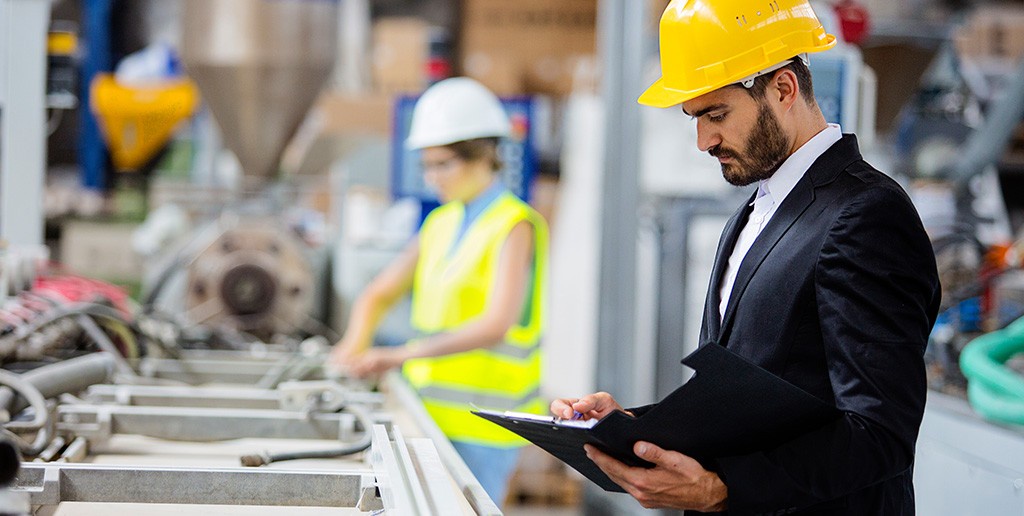Efficient facilities management is essential for optimizing the performance, sustainability, and cost-effectiveness of buildings and infrastructure. From commercial offices and industrial facilities to educational institutions and healthcare centers, effective facilities management strategies play a crucial role in ensuring operational efficiency, occupant comfort, and environmental sustainability. In this comprehensive guide, we'll explore a range of efficient facilities management strategies, covering key areas such as energy management, maintenance practices, technology integration, and sustainability initiatives.
1. **Comprehensive Energy Management:**
Energy management is a cornerstone of efficient facilities management, encompassing measures to reduce energy consumption, improve efficiency, and minimize environmental impact. Implementing energy-efficient lighting, heating, ventilation, and air conditioning (HVAC) systems, as well as smart building controls and automation, can significantly reduce energy costs and enhance sustainability. Conducting energy audits, monitoring energy usage, and benchmarking performance against industry standards are essential steps in identifying opportunities for improvement and optimizing energy efficiency.
2. **Proactive Maintenance Practices:**
Proactive maintenance practices are essential for preventing equipment failures, minimizing downtime, and extending the lifespan of building systems and equipment. Implementing a preventive maintenance program involves regular inspections, routine servicing, and predictive maintenance techniques such as vibration analysis, thermal imaging, and condition monitoring. By identifying and addressing potential issues before they escalate, proactive maintenance practices can save time, money, and resources in the long run.
3. **Utilization of Technology and Automation:**
Leveraging technology and automation can streamline facilities management processes, improve efficiency, and enhance the occupant experience. Integrated building management systems (BMS) and computerized maintenance management systems (CMMS) enable centralized monitoring, control, and analysis of building systems and equipment. IoT sensors, smart meters, and energy management software provide real-time data insights, allowing facility managers to identify trends, optimize performance, and implement targeted interventions for energy savings and operational improvements.
4. **Optimized Space Utilization:**
Optimizing space utilization is essential for maximizing the efficiency and functionality of facilities while minimizing wasted space and resources. Implementing space management strategies such as flexible work arrangements, hot-desking, and collaborative workspaces can accommodate changing workforce dynamics and maximize the use of available space. Utilizing space optimization tools and analytics can help identify underutilized areas, improve space allocation, and support strategic decision-making regarding facility layout and design.
5. **Enhanced Indoor Environmental Quality (IEQ):**
Indoor environmental quality (IEQ) is critical for occupant health, comfort, and productivity in buildings. Implementing measures to enhance IEQ, such as proper ventilation, air filtration, humidity control, and natural daylighting, can improve indoor air quality, reduce the risk of illness, and enhance occupant satisfaction. Additionally, integrating biophilic design elements, such as indoor plants and green spaces, can promote well-being and connection to nature within the built environment.
6. **Sustainable Practices and Green Initiatives:**
Embracing sustainable practices and green initiatives is essential for reducing environmental impact and promoting corporate social responsibility. Implementing energy-efficient lighting, renewable energy systems, water-saving fixtures, and waste reduction strategies can reduce resource consumption and carbon emissions while enhancing sustainability performance. Obtaining green building certifications such as LEED (Leadership in Energy and Environmental Design) or BREEAM (Building Research Establishment Environmental Assessment Method) can provide recognition and validation of sustainable practices.
7. **Resilience and Disaster Preparedness:**
Building resilience and disaster preparedness are essential considerations for facilities management, particularly in regions prone to natural disasters and climate-related risks. Developing and implementing emergency response plans, conducting risk assessments, and investing in resilient infrastructure and backup systems can minimize disruption and ensure business continuity during emergencies. Additionally, integrating resilience measures such as flood protection, seismic retrofitting, and backup power generation can enhance the resilience of facilities and infrastructure to withstand unexpected events.
8. **Data-Driven Decision-Making:**
Data-driven decision-making is crucial for informed and strategic facilities management. Collecting, analyzing, and leveraging data on building performance, energy usage, maintenance activities, and occupant feedback can provide valuable insights for optimizing operations, identifying inefficiencies, and prioritizing investments. Implementing data analytics tools and performance dashboards can facilitate real-time monitoring, trend analysis, and predictive modeling to support evidence-based decision-making and continuous improvement initiatives.
9. **Stakeholder Engagement and Collaboration:**
Stakeholder engagement and collaboration are essential for successful facilities management, involving cooperation and communication between facility managers, occupants, vendors, and other stakeholders. Engaging occupants in sustainability initiatives, soliciting feedback on comfort and satisfaction, and fostering a culture of sustainability and responsibility can enhance support and participation in facility management efforts. Additionally, collaborating with external partners, industry peers, and community organizations can provide opportunities for knowledge sharing, resource pooling, and collective action to address common challenges and goals.
10. **Continuous Improvement and Innovation:**
Continuous improvement and innovation are essential principles for driving ongoing advancements and advancements in facilities management practices. Encouraging a culture of innovation, experimentation, and learning within the organization can foster creativity and ingenuity in identifying and implementing new technologies, best practices, and sustainable solutions. Embracing emerging trends such as smart buildings, renewable energy integration, and circular economy principles can position facilities management teams at the forefront of industry innovation and sustainability leadership.
In conclusion, efficient facilities management requires a holistic and proactive approach that integrates energy management, maintenance practices, technology utilization, and sustainability initiatives. By implementing comprehensive strategies that prioritize occupant well-being, environmental stewardship, and operational excellence, facilities managers can optimize the performance and sustainability of buildings and infrastructure while delivering value to stakeholders and contributing to a more resilient and sustainable built environment.


No comments yet